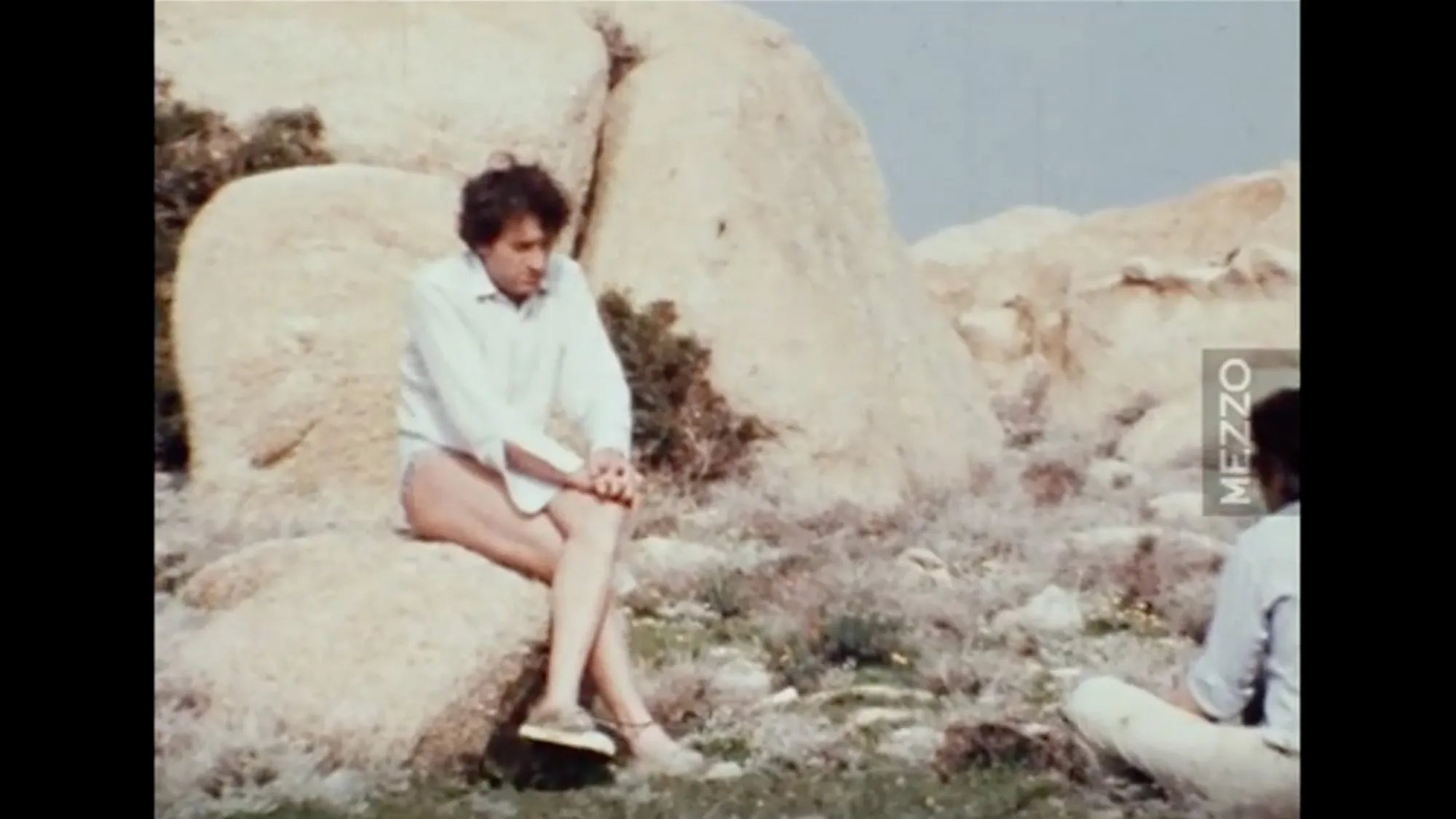
Xenakis Portrait 1971–72
A spectacle of sound and light, Greek composer Iannis Xenakis’s epic work Persepolis was originally commissioned by the Shiraz Festival in Iran, taking place in the ruins of the Temple of Darius in the Iranian desert on August 26, 1971. The performance—lasting over an hour starting at sunset—included two lasers, military searchlights, huge bonfires, 150 torch-bearing children, and six listening stations outfitted with eight-channel speakers, one for each track of Xenakis’ electroacoustic score.
Persepolis was the second of Xenakis’s Polytopes, large-scale works—from the Greek language poly meaning many and topos meaning place—monumental works that sought to fuse sound, light, colors, and architecture into a single, immersive site of sensory experience. For Xenakis, the topos was not just spatial but sensorial: an encounter with the totality of an intermedial artwork.
Reimagined for EMPAC Studio 1 by sound artist and composer Micah Silver, Persepolis becomes a magmatic mass of noise, snaking its way across a multitude of discrete audio channels. In many ways, Xenakis’s work is less a concert and closer to an extreme weather event: light, color, raw sound, and stagecraft combine to create a dramaturgy of turbulence, compression, and blistering immediacy, then release. Over the course of an hour, the piece overwhelms—and ultimately expands—the senses, rewarding those who listen and watch with openness.
Preceding the presentation of Persepolis on Saturday, August 30, a rare screening of director Pierre Andrégui’s documentary Xenakis Portrait 1971–72 will shed light on the piece and the strange and fascinating context in which the Polytope Persepolis was born.
Main Image: Film still: Xenakis Portrait 1971–72 (1971), Directed by Pierre Andrégui.